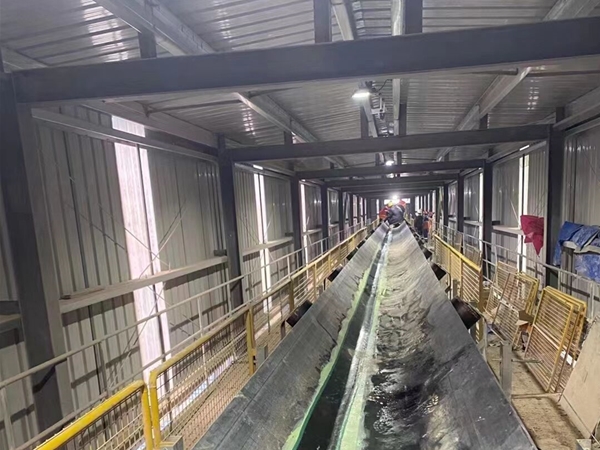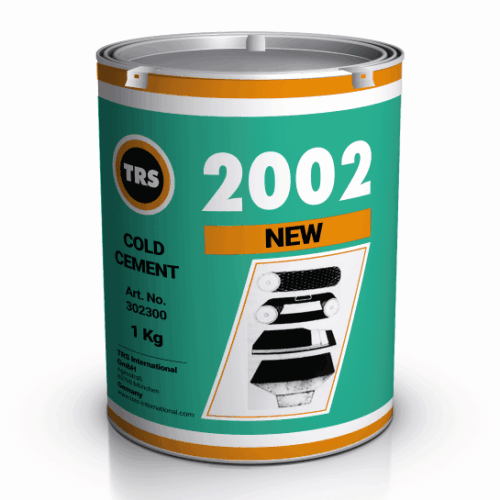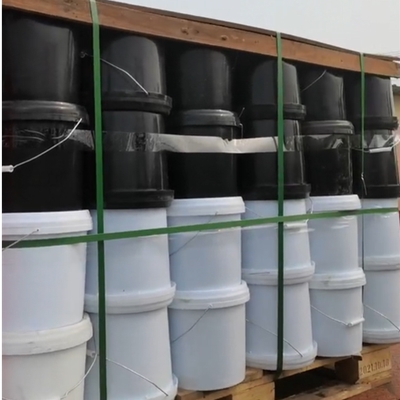Conveyor belts can be seen everywhere in manufacturing plants and distribution centers around the world. Therefore, when the conveyor belt breaks, it will cause serious damage to the production and work plan. In some cases, it will affect the safety of workers and even reduce the status of the conveyor system.
Through consistent inspection and maintenance, most conveyor belt failures can be avoided. However, no matter how proactive you are, it is impossible to always respond to all emergencies.
Therefore, it is essential to develop an action plan and policy to resolve conveyor belt failures. The basic function of plans and policies is to help guide you in answering this important question: “Should we replace or repair?”
When you consider all the factors and considerations involved in making the final diagnosis, documenting the decision-making process may be your last consideration. Therefore, our experts have developed these guidelines as the starting point for your company to develop its own plans and policies.
1. When to consider replacing the conveyor belt
When the belt is damaged, if at least one of the following two conditions is met, you can consider replacing the belt:
- The life of the belt is coming to an end: If the condition of the belt indicates that it has been worn for a long time and is at risk of not being able to meet the requirements of its application, it can be determined.
- The conveyor belt is severely damaged: If it prevents the conveyor belt line from running, the tearing or puncture is serious.
As long as you already have the spare belt on site and at least one of the above conditions is true, then replacing the belt is your best option. This also applies to the fact that spare belts can be delivered and installed in a short time without being repaired.
If the belt is relatively new, with only minor damage and does not stop the line from running, then you can consider repairing the belt.
2. Precautions for conveyor belt maintenance
In addition to repairing the conveyor belt, you need to decide whether a temporary fix is a viable alternative.
The maintenance of the conveyor belt can vary depending on the type of belt in question. For most traditional belts, metal fasteners or coverings fixed with fasteners are used for temporary repairs. Temporary repairs can keep production running while you wait for the repair team or materials to arrive. If you are 100% sure:
- It is safe for your employees.
- Will not permanently damage the belt itself.
- Will not cause damage to the conveyor belt components.
Note: Remember that temporary repairs may require you to reduce the feed rate and tension of the belt to ensure that the belt can handle the drive and take-up force.
3. Plans, policies and preparations can keep this route running
Whether your conveyor belt is old, new or somewhere in between, it makes sense to have a reliable conveyor belt supplier waiting on the sidelines. Look for suppliers with the following qualifications:
- Have a reputation for reliability and customer commitment.
- Provide maintenance service 24 hours a day, 365 days a year.• Store your conveyor belt replacement and/or repair parts.
- In the same area (or a distribution center nearby) for fast delivery.
In the event of an unfortunate failure, making a conveyor belt plan and policy is as valuable as having cash on hand. This value comes from preventing and reducing downtime and losses due to damage to components or products.
4. Conclusion
As an expert in the conveyor belt industry and is committed to helping you keep your conveyor system safe, reliable, and efficient. Our innovative and experienced experts have the extensive industry knowledge and experienced experts deal with faults in all types of conveyor belts. We can provide you with all your conveyor belt needs around the clock.



